Welcome to the latest installment of Show Us Your Space, a Reverb series that explores and celebrates the unique music-making environments of studio owners, builders, and musicians at all levels. We’ve had the opportunity to showcase a lot of excellent creative spaces so far, from blues-rock guitarist Eric Tessmer’s apartment/rehearsal space hybrid in Texas to the 1800s-era farmhouse-turned-studio Villa Sound in Ontario, Canada.
Today, we’re heading to Northern Kentucky, where Mike Montgomery runs Candyland Recording Studios, a professional studio with a lovely board, a full mic locker, and a trio of Jazzmasters, along with plenty of other enviable instruments, amps, and other gear. In the tour below, Montgomery takes us through his studio, highlighting his favorite pieces, along with some of his favorite records he recently helped make there.
Have you assembled an awesome music space that you want to show off? From bedroom production rigs to historic concert halls, we're interested in seeing and sharing it. Contact us at [email protected]. For more information on Candyland Recording Studio, check out its website here.

Hi. My name is Mike Montgomery. I play in the bands Ampline, R.Ring, and Mike Vallely and the New Arms, and I own and operate Candyland Recording Studio in Dayton, Kentucky. Dayton is a great little town that sits on the Kentucky side of the Ohio river, directly across from downtown Cincinnati, Ohio. Access is easy by car, bus or plane—there are plenty of hotels, shops, and restaurants nearby.
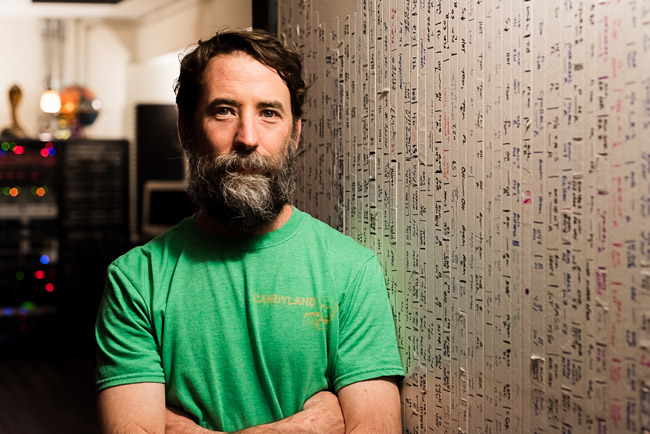
I bought the building that houses the studio in 2009, but the studio really started in 1990 when I bought a Tascam Porta-05 four-track tape recorder. It still works, and I still use it to blow out vocals and drums or fly in the occasional reversed guitar solo. In fact, I have every single piece of music-related equipment I've ever bought. I'll admit to being a sound hoarder! I figure, if it gets used once every five to 10 years on a track, it's worth keeping around.
The hearts of the studio are my vintage Harrison SM-5 consoles. I was fortunate enough to acquire two of them from my "sound Dad," Mark Arnold. We toured together a lot working for The Breeders—Mark as front-of-house and me as stage tech. Mark has worked for a ton of great bands over the years and now does sound for Band of Horses. Since he travels so much, these desks were stranded at his buddy's studio outside of LA. The Breeders were as stoked as I was at the thought of re-commissioning them, so they let me load them in the back of the gear truck between shows at the Casbah in South Dakota and the Hollywood Bowl. At the end of that tour, my bandmate in the New Arms, Kristian Svitak drove them from Los Angeles to Kentucky for me.
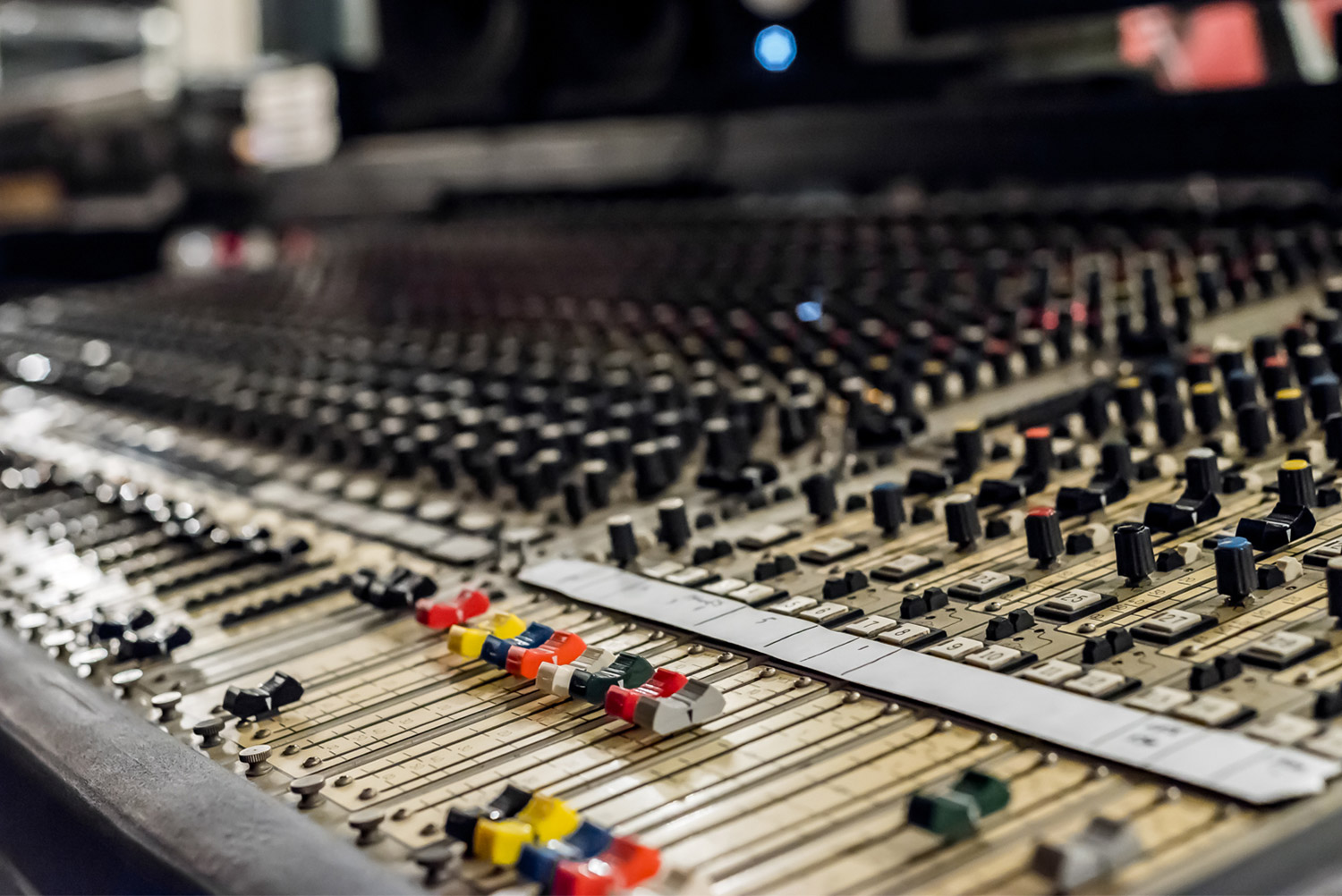
The SM-5 was originally designed as a monitor desk, and as such, is super flexible with its input and output routing. It has two banks of 32 mic inputs, A and B, switch-selectable between multi-pin (A) or xlr (B). The original idea was that you could have a main act all wired up via the A inputs then set the opener up wired into the B inputs and just flip the switch on each channel during change-over. Each channel module also offers a ground lift, phantom power, polarity reverse, plus an insert with an always-active "patch feed," so there are direct outs on every channel. There are four stereo groups—eight VCA input groups, eight mute groups, 16 mix bus outputs, and 16 matrix outputs (32 total outputs!).
Whether I'm recording to 24-track 2" tape, 24-track hard disk or into the computer, everything passes through here. The EQs sound really great and the mic pres are very robust with a ton of headroom. I use the console's pres a lot for bussing multiple mics on guitar amps down to one or two tracks on tape and the mix bus outputs for creating submixes or bouncing stuff down on tape when we need to free up more tracks.
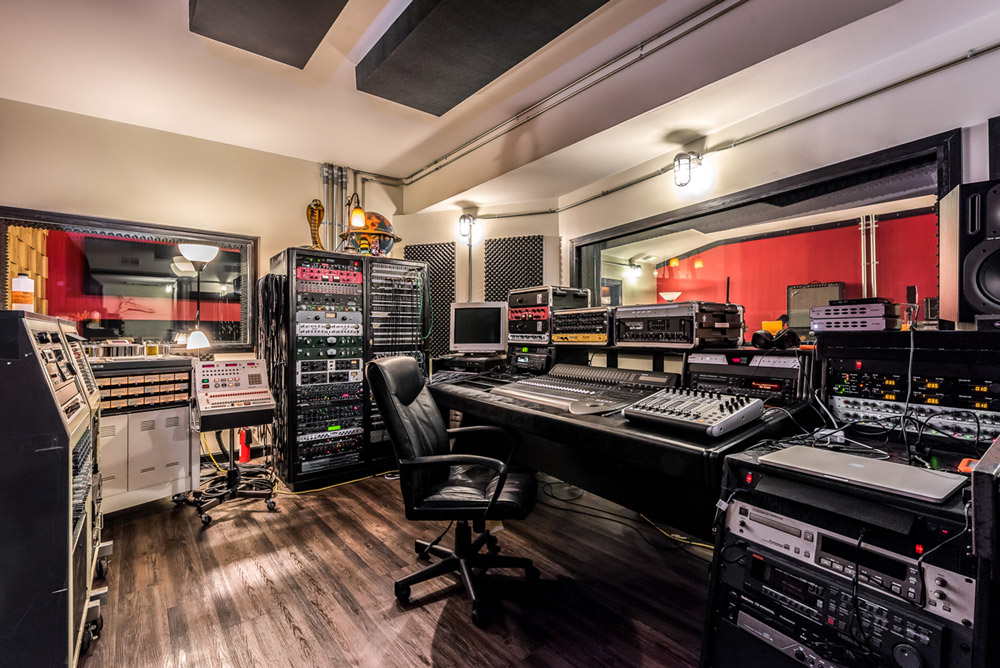
I wanted the control room to have great sightlines. With 16 feet of glass, I can keep an eye on the tracking room, the drum iso, the amp locker, and the vocal booth off to the left of the tape machine. While I gave these areas names in my patchbays, I really set them up however makes the most sense for each session. I wanted the spaces to all sound different so I would have as much tonal flexibility as possible. I use the sound locks between the rooms quite often, and I've got two rehearsal rooms in the building that are wired up to my control room with mic, line, speaker, and headphone ties, so you can really milk the acoustical characteristics of each space.
Whether we track to tape, hard disk, or the computer, the majority of my projects now end up in the computer for mixing. Clients really love (and almost expect) the unlimited amount of detail you can get with editing and automation, and for those on a tight budget, the faster recall times are a plus when making mix revisions. My favorite way to mix is still the old performance-based, octopus style, all-hands-on-deck, where you just rehearse your mix moves and do them "live" while you're printing to two-track. Recent releases from Jeremy Pinnell, The Tillers and my own group, Ampline, were all mixed that way.
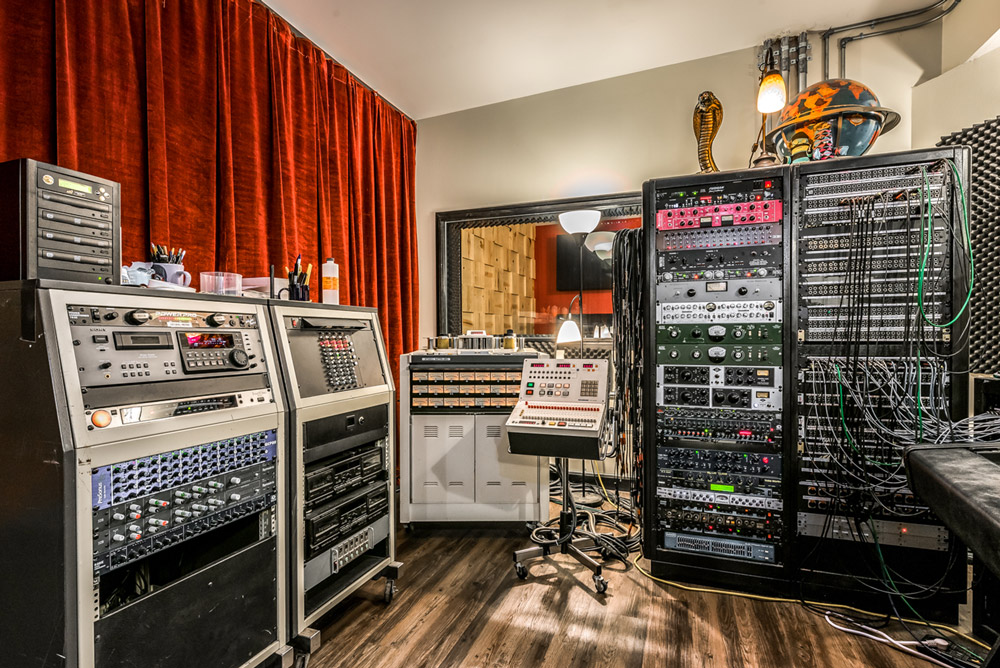
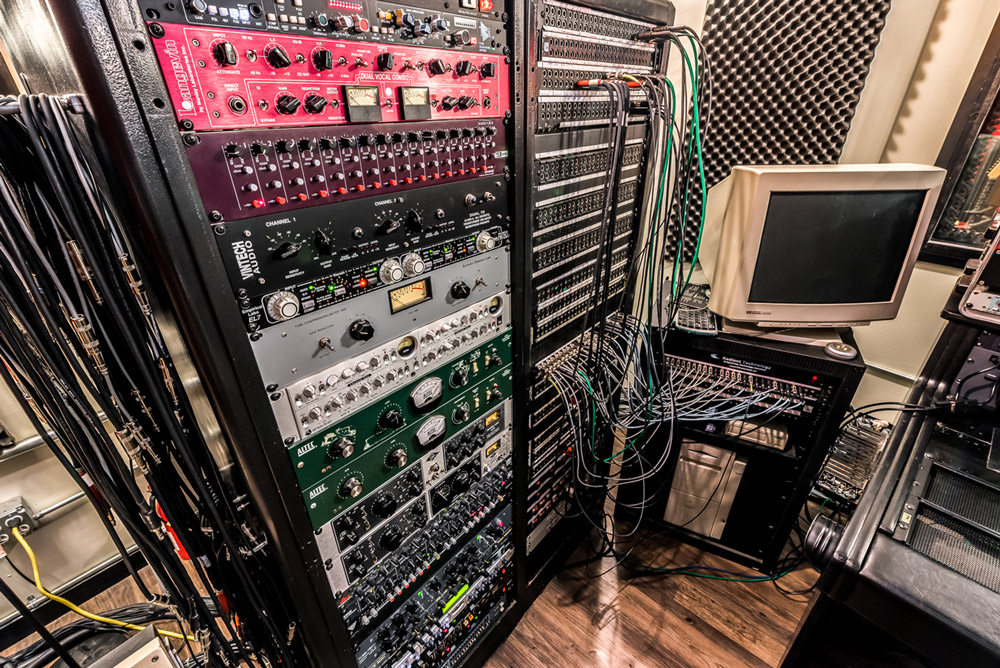
The racks house stuff from Trident, Toft, Universal Audio, Calrec, Tube-Tech, Altec, Manley/Langevin, Vintech, Urei, Empirical Labs, ADL, Neve (Amek), DBX, Valley People, Symetrix, etc. Every piece has its own sound, and I love to have options and experiment with different signal chains. It could be really easy to get in the habit of plugging the same stuff in all the time, so I try to do at least one new thing every session. Could I get by with a lot less? Of course. But I'm always trying to learn and hear something new. The moment when I patch in a microphone and bring up the fader to hear a source is still magical.
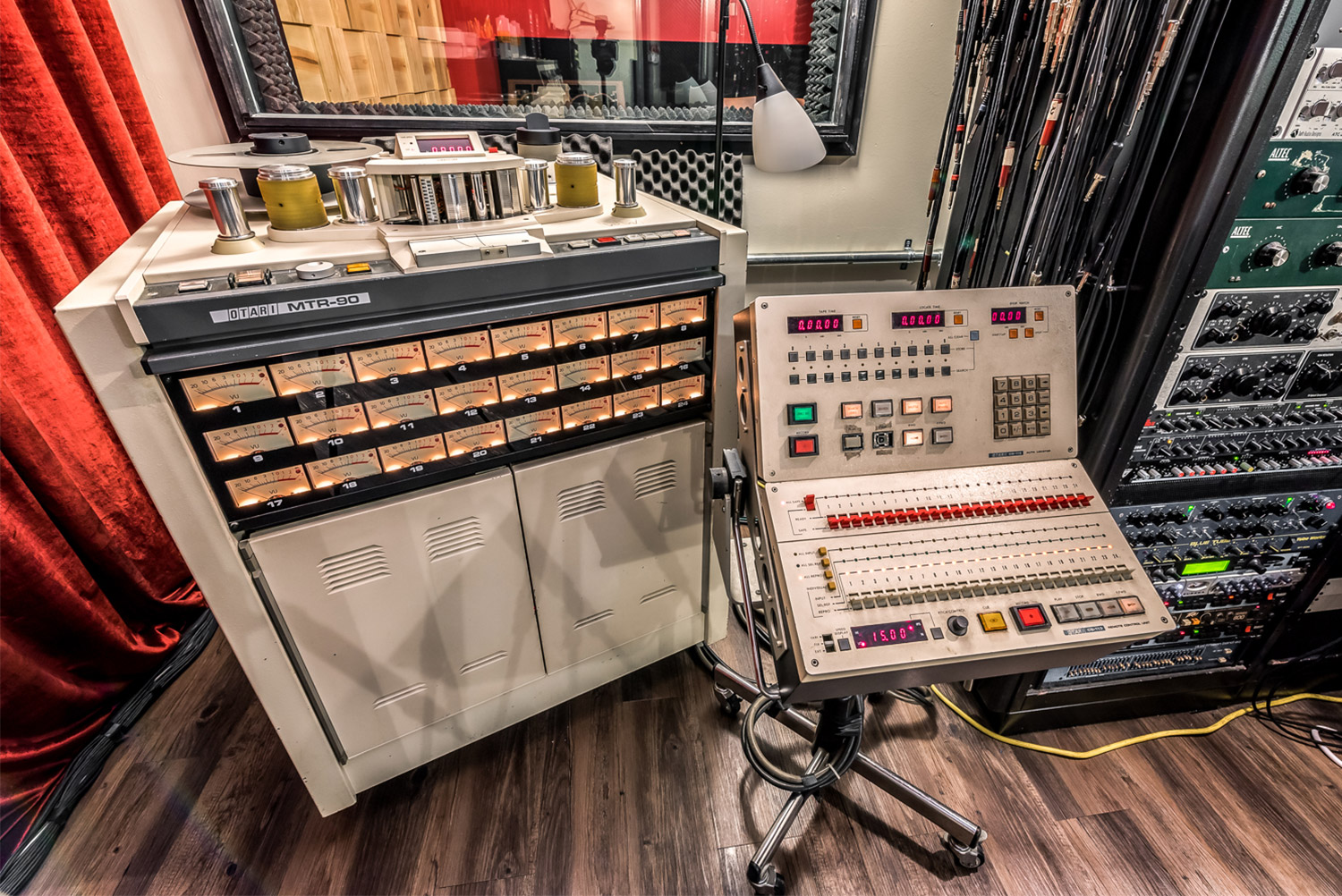
The first studio I worked at in the '90s had an Otari MTR 90 mk2 and I really liked working on it. I was happy to find one in Nashville from a studio that was going all-digital. There's something about tracking to tape that always makes the session seem more real or serious. You have to play and sing well, and I have to pay attention. Plus, it's nice to just listen without looking at a screen. I find that the limited number of tracks can be a real time-saver for bands. You're making decisions and committing to them, rather than assuming a producer or engineer will sort through all the sounds, tracks, and takes later.
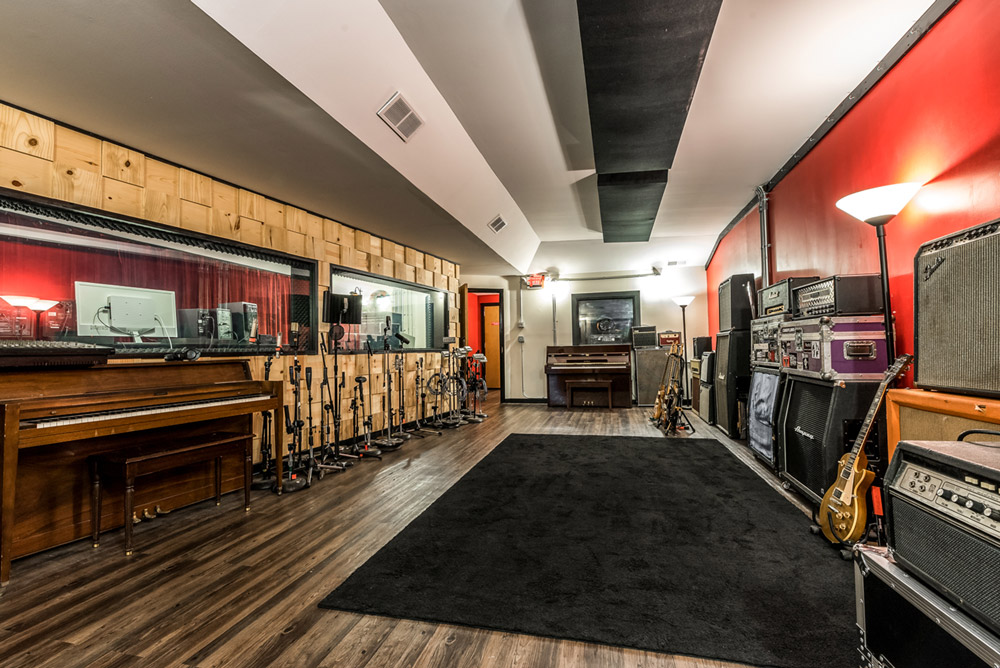

This is the main tracking room. You can drastically change the sound of it by bringing the rugs and amps in or out. There are three iso booths with two sound locks connected to the main tracking area, so I have a lot of options when setting up for "live" recordings or for sessions where a lot of separation is desired. I've acquired quite a few amps and speaker cabs over the years, along with pianos and organs, and everything is there to be used!
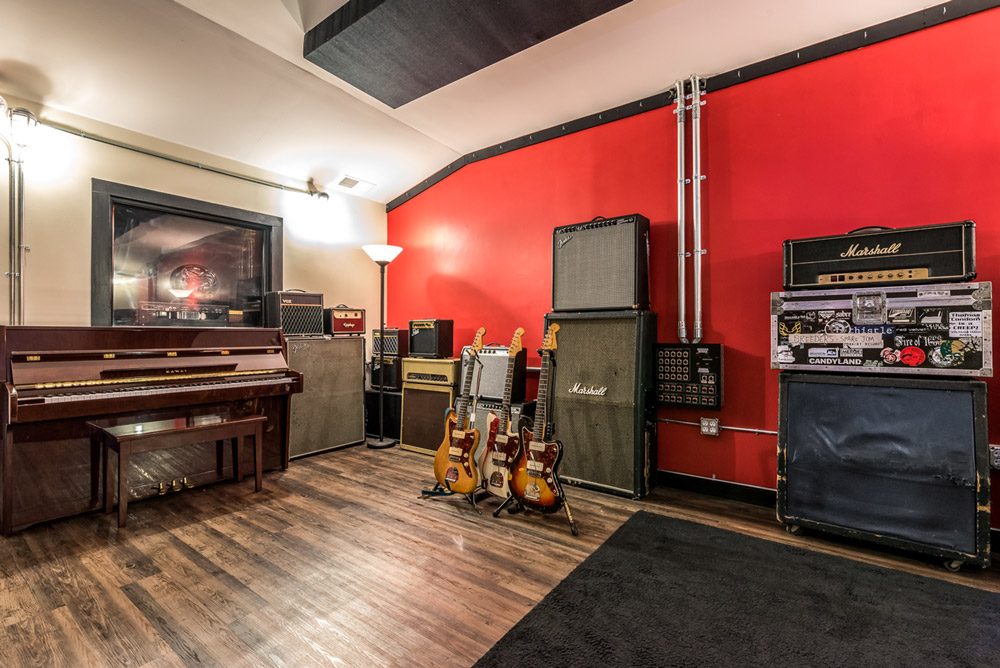
I play guitar mostly, and I love Jazzmasters. Here are my favorites: a stripped '61, a sunburst '63, and a white reissue. I've also got Fender Jazz and P basses on hand, along with some Strats, a Tele, 6- and 12-string acoustics, Gibson Les Pauls, and a funky Kent electric.
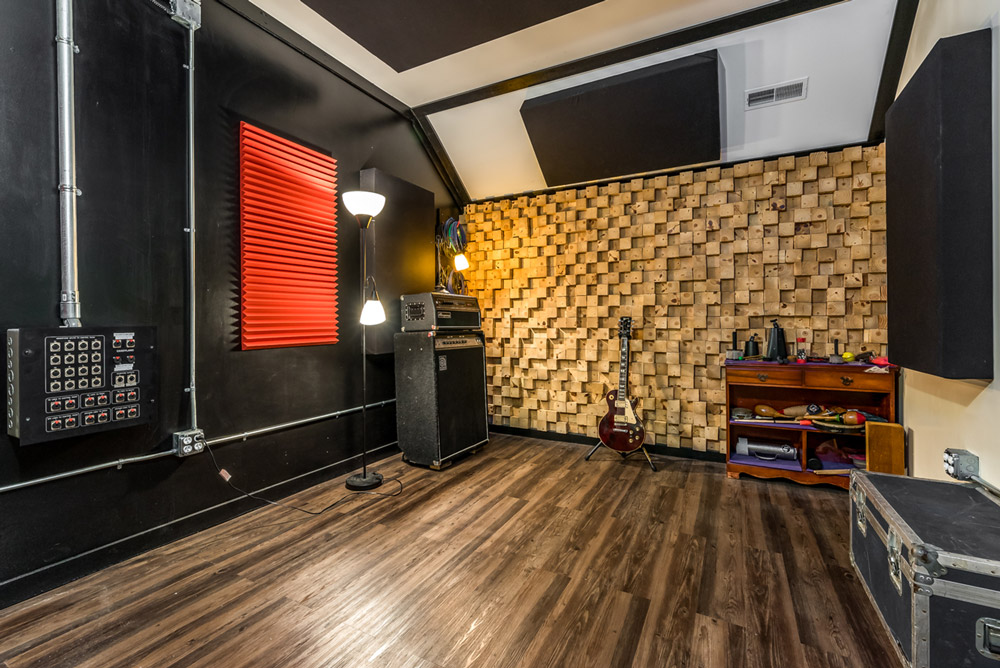
This is the largest of the three iso booths. It serves as a great drum booth when you want a tighter sound. There are drawers of percussion trinkets, including some finger cymbals I found in Egypt.
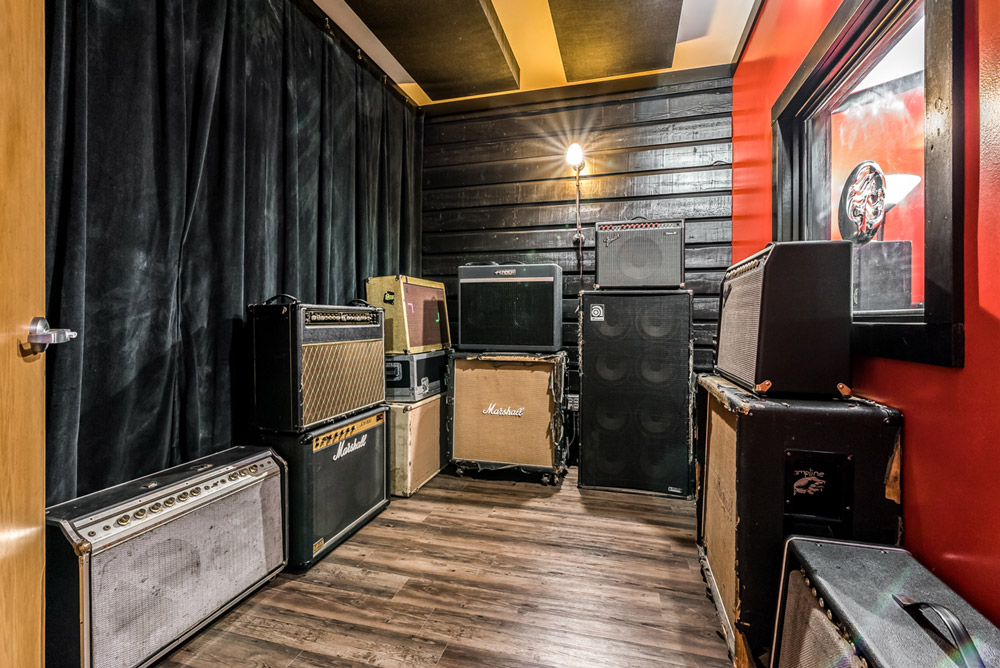
This iso booth looks out onto the tracking room. All of the rooms are tied together through the patch panels, so you can route any type of signal to any of the other spaces.
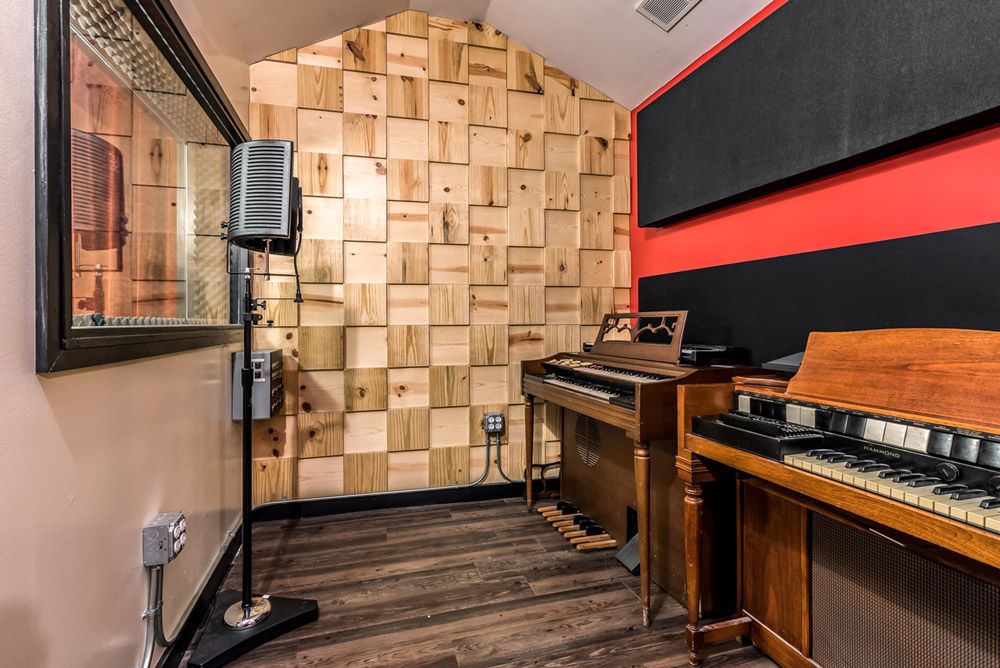
This is the third iso booth (the room on the other side of the glass behind the tape machine in the control room pictures). I shaped this room a lot differently from the others to give it its own character.
I have a healthy collection of microphones from Audio-Technica, AKG, Rode, Telefunken, Shure, Sennheiser, Beyer, Oktava, TOA, CAD, MXL, Heil, Audix, and more. Every mic sounds different, and I'm always looking for more. If something doesn't sound right, swap the mic before inserting the EQ.
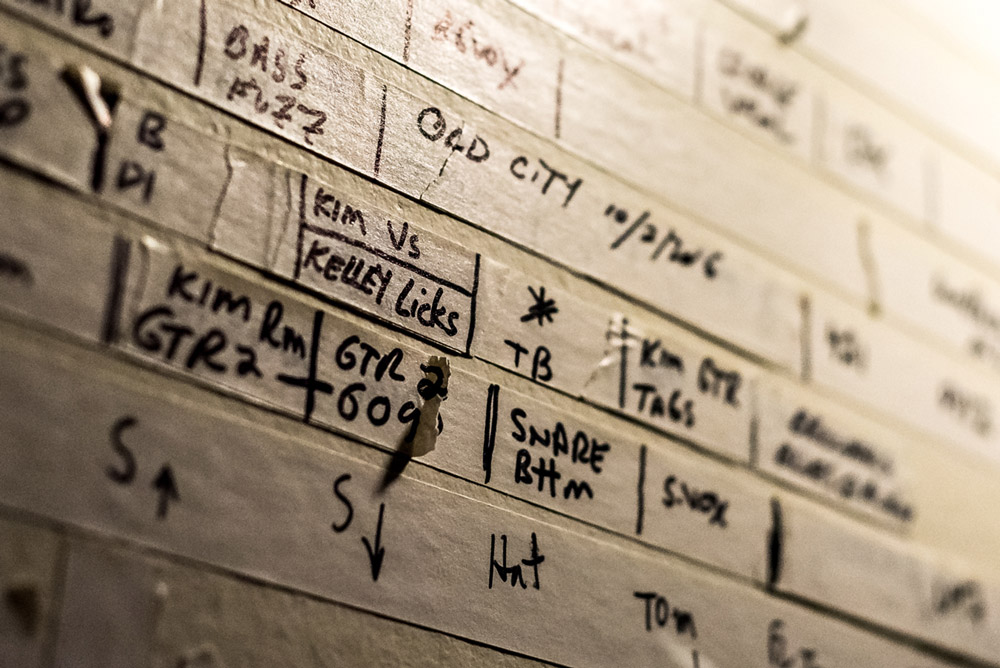

We started putting the console tape up on the wall to save time during tracking sessions for the recent Breeders album, All Nerve. Rather than write the tracks out each time we switched reels or songs, I would just grab the tape off the wall. Everyone liked how it looked and we thought it'd be fun to fill up the space… well, fast forward two years and I'm out of wall space and have started filling up the back hallway. It'll be fun to look back at everyone that's been in there making music.

These are some recent releases I've enjoyed working on at Candyland. (Protomartyr, Bat Fangs, Buffalo Killers, The Tillers, The Breeders, R.Ring.)
We'd love to see your studio, practice space, or gear lair too—whether it's a professional outfit or a weekend retreat. Contact us at [email protected].
